 The warrior within. Early twenties and quickly going nowhere, Jason Brody goes on a vacation with some friends and end up on an island. They are promptly kidnapped by pirates and held for ransom. With his older brother dead, Jason has to gather his wits and save his friends before he gets killed.
1. Gameplay
I am going to preface this section with saying that I loved Far Cry 2, the predecessor to this game. I loved the open world, the almost complete lack of loading screens, the variety of environment, the dynamic fire effects, the weapons, the driving, etc. But, unfortunately, Far Cry 2 wasn’t a game, it was a technological test marketed as a game. There was basically no story, the ending was so awful that it ruined the non-existent story, and the complete lack of animals led me to write a university thesis statement attempting to correct the problem. Far Cry 3 is everything that its predecessor should have been and so much more. Everything that I loved about Far Cry 2 is back in glorious style. All of the issues that plagued Far Cry 2 from the day it was released are corrected and/or improved. The environments are teeming with life. The characters each have distinct personalities that help make the story worth telling others about. And then there’s Vaas, quite possibly the best antagonist I have seen in a video game ever. Vaas takes the insanity that most antagonists try to portray and makes it believable. The game isn’t perfect. The second half felt like an extended epilogue, the battle against Vaas felt somewhat anticlimactic, and there were a ton of questions left unanswered. But all of these issues pale in comparison with the positives this game brings forth. The most important one to me were the animals. Instead of just throwing in a few random prey and the odd predator or two, the player can hunt and be hunted by a huge variety of animals. Prey include anything from common goats, chickens, and pigs to the exotic birds of paradise (the actual bird). Predators range from common lions and tigers to komodo dragons and cassowaries. For example, one time I was out hunting deer. I was chasing down one deer in my jeep when it reached a river. Thinking it was trapped (evidently deer can’t swim), I pull up to the edge of the river with the driver’s side on the shore. I get out of the car and am immediately jumped by an alligator. The alligator pulls me into the water and, in first person, begins to do the famous “death roll” that such reptiles are known for. In order to escape, I have to stab the alligator in the head and swim back to shore. It was a complete shock but defined how the environment works in Far Cry 3. You may be on the top of the food chain, but that doesn’t make you invincible. This game is already stacked up to be my “Game of the Year”. It may not be appropriate for every kid, but those who can handle it should put it on the top of their list.
I completed the campaign in about 16 hours. The amount of time each gamer spends devoted to the storyline will vary depending on how much time they spend doing other activities. For example, I spent a couple of hours going around the island hunting different animals so that I could upgrade my ammunition capacity (among other upgrades). There was still plenty to do at the end of the 16 hours, and it’s interesting enough that I may go back and try to finish it up. The game also includes a decently designed 4-player cooperative levels. Each level is overall fairly simple, but it can get crazy. I was surprised with how much fun it was. With four friends and enough free time, gamers could easily have fun for hours. There is also a competitive multiplayer mode, but gamers will likely turn to Call of Duty before playing this game online for an extended time period.
There wasn’t much that I found frustrating about this game. The game favors the use of stealth, but it isn’t necessary to complete the game. Weapons are expensive, but become free when the player hacks into local radio towers. The only times that things became a bit frustrating were when saves were involved. First, I was slightly annoyed at the way that the save system worked. Players could not save during missions, which became a bit annoying when checkpoints could be few and far between. Outside of missions, the player could save anywhere. However, the game would reset all of the enemies if the player loaded from a save. Normally, when clearing an enemy outpost, I would like to kill half of the enemies, save, then attempt to kill the other half. If something went wrong, I would reload my save and continue killing the second half. However, that wasn’t the case in Far Cry 3. Reloading a save, even if it was made after killing all of the enemies in an outpost except one, would respawn all of those enemies. However, it wouldn’t give me any of my spent ammunition back. This made saving on the fly pointless. The other problem I ran into involved the way that my cloud saves worked. This only affects PC users and is more of a problem with the “Uplay” system that is required for running the game on the PC, but it did lead to some unnecessary frustration. For some reason the game didn’t recognize my most recent saves, which meant that after playing 4 hours straight it wanted to have me reload as if I hadn’t played the game at all. Fortunately, after some digging, I managed to find a way around this problem. 2. Parental Notices
Violence in this game is usually mild (excluding the melee executions). Almost every attack will result in a small amount of blood coming from the wound. This goes for firearms and standard melee hits. Explosions (which I found to be surprisingly rare in my playthrough) do not result in any gore. Enemies can be lit on fire, but I found these were rather rare. The player does have access to flamethrowers and molotovs, but I hardly ever made use of these. One of the reasons for the subdued violence was that the game encouraged stealth. Not only was it easier to deal with enemies when the player was stealthy (it significantly reduced the likelihood of taking damage), but the player was also rewarded with a significant amount of experience points if he was able to take an outpost without ever being detected. This wasn’t easy and usually forced the player to snipe enemies from a distance, but the reward was definitely worth it. However, there are exceptions. The most obvious exception are the various melee takedowns that the player can perform. These almost always involve sneaking up on an enemy target and running him through with the player’s blade. This resulted in a significant amount of blood. There were different types of melee animations, but they all resulted in similar effects. The underwater takedown was also significantly bloody. There are a few more specific times in the campaign when violence is a factor. For example, Vaas (the game’s antagonist) ties a concrete block to the player’s feet and sends him falling a hundred feet down into water to try and drown the player. Towards the end of the game, the player has to choose whether to save his friends or kill them. If he chooses to kill them, he will slit his ex-girlfriend's throat in first person. The player will have to play a high-stakes poker game later in the story. The player loses one of the hands and, as a result, the enemy takes one of his fingers. In another section, the player has to crawl out from the bottom of a mass grave. In one somewhat brief cutscene, the player has to convincingly portray a torture scene. So the player has to push his thumb into his brother's bullet wound. The pain is lessened by the fact that you're not actually trying to kill your brother, just hurt him enough to make the whole performance believable.
Sexuality does come into play a few times in this game. While it is completely absent most of the time, the few times when it does come into play make it a significant factor. This is especially true when Citra, one of the female characters, is involved. Citra, the leader of the jungle warriors, has a romantic interest in the main character. After a hallucination in which the player must fight against the Ink Monster, the player will wake up to see (in first person) Citra riding his crotch. He is still clothed and she is in her loin cloth, but the fact that the player is having sex is unmistakable. She also isn’t wearing a top. A somewhat similar yet much more explicit scene comes at the end of the game. If the player chooses to betray his friends and stay with Citra, the game will end with him having sex with her (him on top this time). As with the previous scene, this happens in first person. The main character continues until he finishes in her, then he rolls over to lie on his back. She then straddles his waist, explains that the “job” is finished (meaning she has been impregnated), and stabs him in the chest. He ends up dying. However, this ending only occurs if the player chooses to betray his friends. I chose to ignore that ending (the other ending is much better). If I had played the game normally, I would likely have never seen that ending. There is one area where the player can find a local brothel. It’s really just a grass shack with a neon sign of a voluptuous woman. The women outside are clearly supposed to be prostitutes (all of them look exactly the same). There is one character who holds one of the main character’s friends hostage. It turns out that this man has been raping the friend (a male) repeatedly while hold him hostage. When the player goes to free his friend, the man comes down and explains that he is going to keep both the main character and the friend and use them how he wants (grabbing his crotch in the process).
Substances will come into play frequently over the course of the game. The most common method of substance use is injections which the player will take frequently. Most of the time the injections will be simple health hypos which will instantly heal the player. However, there is a surprising variety of other hypos that the player can take which have various effects. On multiple occasions throughout the course of the campaign the player will drink some unknown substance that will make him hallucinate. And I don’t mean “look at the pretty butterflies” kind of hallucination, I mean “OH GOD WHAT IS THIS I DON’T EVEN” kind of hallucination. I’m really not sure why he keeps drinking the stuff even after he knows what it does, but I wasn’t given much of a choice. There was also a mission where the player accidentally inhaled the spores of a mushroom that made him hallucinate pretty badly as well. There will be a number of bars in the game. In these bars (as well as in a few other less prominent locations) the player can see people drinking alcohol. Some people will clearly be completely plastered.
It is possible to gamble in this game, but I found the appeal rather minimal. Money is abundant, especially if the player loots the bodies of enemies and looks for “treasure chests”. However, there are a few different gambling events in which the player can partake, some of which will be required during the course of the campaign. Most of the gambling events work the same way. The player will walk up to the event organizer, who will give them four different difficultly levels. Each difficulty level has a corresponding bet that the player must make. The player then attempts the challenge. If the player wins, he gets a significant amount of money back. If he loses, he gets nothing. There were three different types of events like this. One was a racing event (which was by far the easiest), one was a knife throwing event, and one was a shooting event. I tried them all out but, as I mentioned before, there isn’t much reason to use them as a source of income. Every event except for the knife one was easy, though, so players could use this as a way to supplement their income. The poker events work slightly differently in that they behave exactly how someone would expect. The player sits down at a table and plays poker, making bets and trying to bust out the other players. This was the only event in which the player was required to play twice. However, both of these times the game was rigged so there wasn’t any skill involved at all. 3. Other Factors
There are no mods currently available for this game.
Religion does come into play in a minor way when the player deals with the “jungle tribe”. Citra, the leader of the tribe, explains her people’s version of the history of the island. It’s really just an extended version for everything the player is going to have to do (mostly while he is hallucinating). The player’s interactions with the jungle tribe will almost all have ritualistic connotations. Since he is considered the reincarnation of the “warrior” that comes directly from the history of the tribe, he is revered as a sort of god. Everything that he does with or for the tribe will involve the lore of the warrior in some way. There are buildings that vaguely resemble churches, but it clearly hasn’t been used for that in some time.
While there is no government on the island, most of the main antagonists will be involved in highly illegal activities. Drug running and human trafficking are mentioned all the time and many of the campaign items will involve the player trying to stop these operations in one capacity or another.
From playing through a few of the co-op games, the community is extremely helpful. When things go wrong (which they sometimes do), they work together to try and solve the issue. I didn’t have any problems with any of the people I played with, even when they were using microphones.
Extreme sports are a minor factor in this game. While the character will be able to climb vines and use ziplines, these aren’t available in most areas. The player will be required to perform these stunts during a select few campaign missions, though. In the middle of the game, the player will have to jump out of an airplane to reach the second island. He uses a wingsuit to glide closer to his target destination then uses a parachute to create a controlled descent to the ground. It's a fairly believable scenario. Where extreme sports comes into play in a more serious way is in the form of vehicles. The player will be able to operate dune buggies, ATVs, and hang gliders while on the island. These can all be operated at high speeds with basically no training (and almost no risk of injury). However, these vehicles are also found somewhat infrequently. When I did find them, I would often use them because of their speed and ability to maneuver off-road, but they weren’t as common as I would have liked.
Magic does come into play in this game, but it’s difficult to pin down exactly where. Sometimes things that seem magical will be a result of drug-induced hallucination (which does happen numerous times). However, there are some times when the player is completely sober (or seems to be) but sees weird things. For example, the player picks up a stone compass that, after being put together, glows like an odd sort of sun. Another time, the player gets stabbed and instead of bleeding, he emits golden rays of light. The game never really explains why this happens. It may be residue from the hallucinogenic drugs, but without being sure I have to consider it magic.
Language Language is a significant factor in this game. Some characters, especially Vaas (the main antagonist), include an absurd amount of the word “fuck” in all of its various forms. On top of the cutscenes, most of the enemies have an odd habit of screaming out this same word during combat. Hearing enemies scream “FUUUCK!” or “Where the fuck did he go?” is so common it almost became comical. Prostitution As mentioned before, there is one location in the game where the player can see a brothel. The brothel is a simple shack with a neon sign above it, and the prostitutes all look the same. However, it is definitely a brothel. If the player waits long enough, he can see a man walk up to one of the prostitutes. He will ask her for money (evidently he is her pimp). When she refuses, he slaps her and takes the money anyway. Then they return to their previous positions like nothing else happened. This is clearly designed to add to the grittiness of the town, but still seems unnecessary. Rape As mentioned previously, one character makes it known that he has been raping his male hostage. He also makes it clear that he intends to take the player hostage and rape him as well. Fortunately, that doesn’t happen. Kidnapping Kidnapping is definitely a prominent element in the story. The main character and his companions are all kidnapped by a gang of pirates. It turns out that the island they accidentally found themselves on is used for drug and human trafficking. The main group aren’t the only people that have been kidnapped either. The player will have the opportunity to find and save random villagers who have been kidnapped and are being transported. Slavery
Slavery is brought up a few times. It is never actually seen, though. At most it is threatened as a future “occupation” for those who have been kidnapped. It is definitely brought up on numerous occasions though.
3 Comments
PATRIOT32756
4/23/2016 07:04:06 pm
Not as mature as Witcher 2. Also in Australia this was rated MA15+ For strong impact violence, sex, drugs, themes, and language. And Blood Dragon was rated R18+ for high impact sex scene. And you say that this is more mature?
Reply
PATRIOT32756
4/24/2016 02:43:24 pm
Would this be any different with blood turned off and all cutscenes skipped?
Reply
Joel
5/10/2016 07:00:41 pm
If the player skips cutscenes would this be lower?
Reply
Leave a Reply. |
Like what we do? Want to see more? Donate to the site using the button below!
Not sure what a term means? Read the definitions!
Not sure what a review section is about? Find out more information!
|

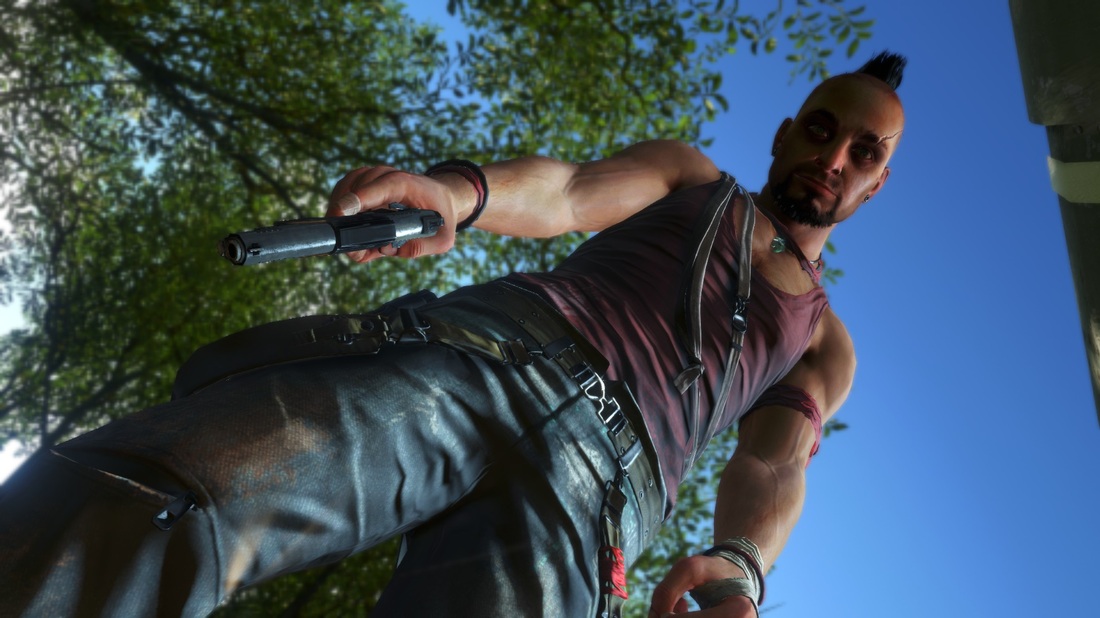



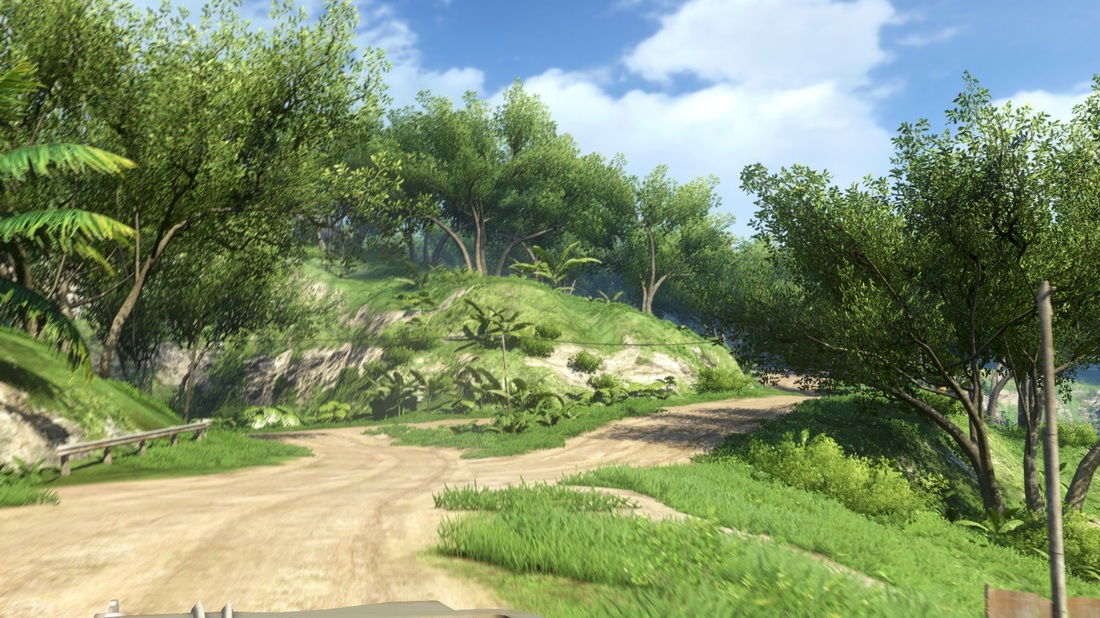

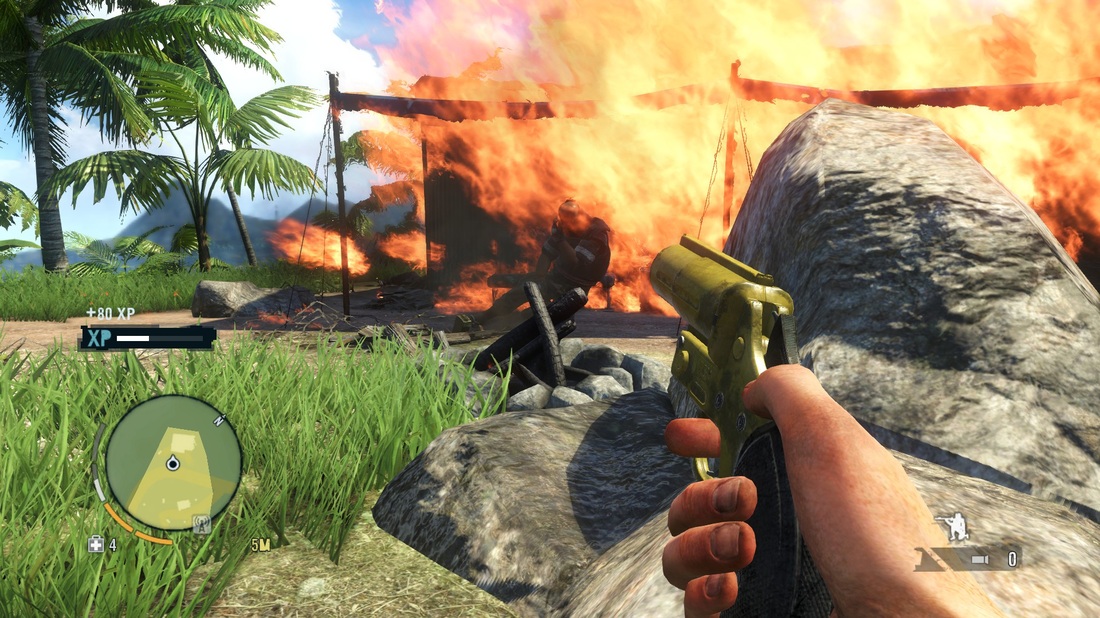

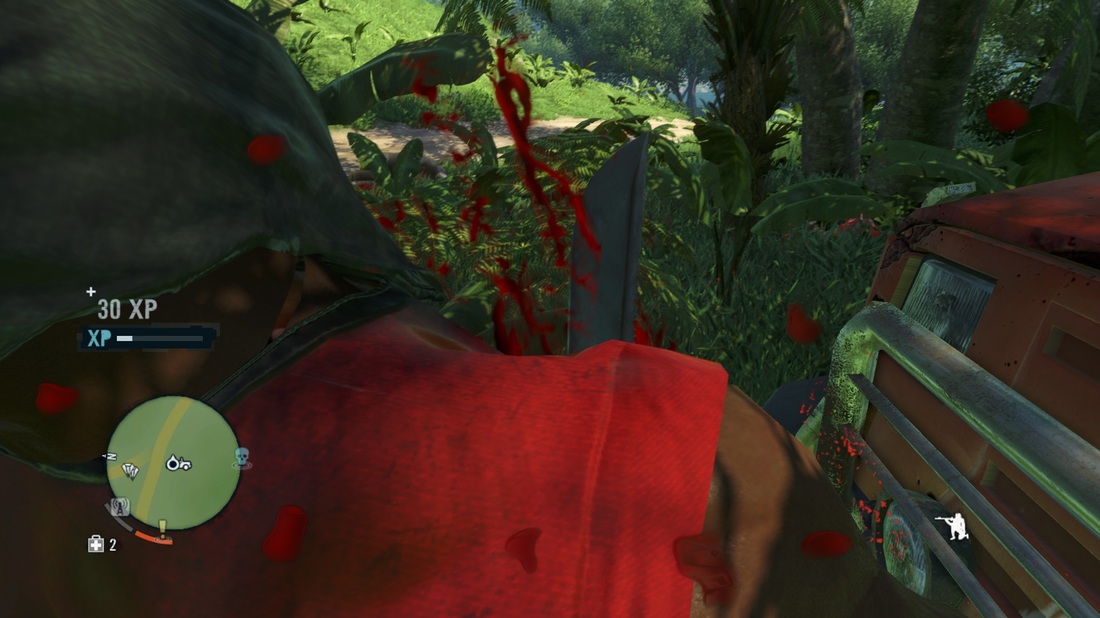


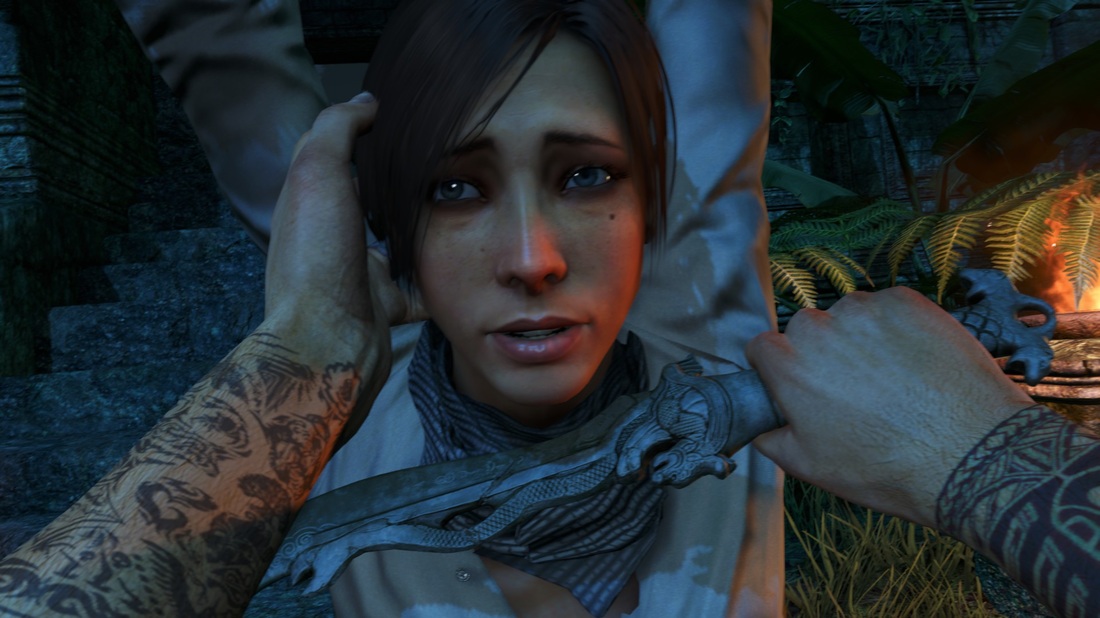

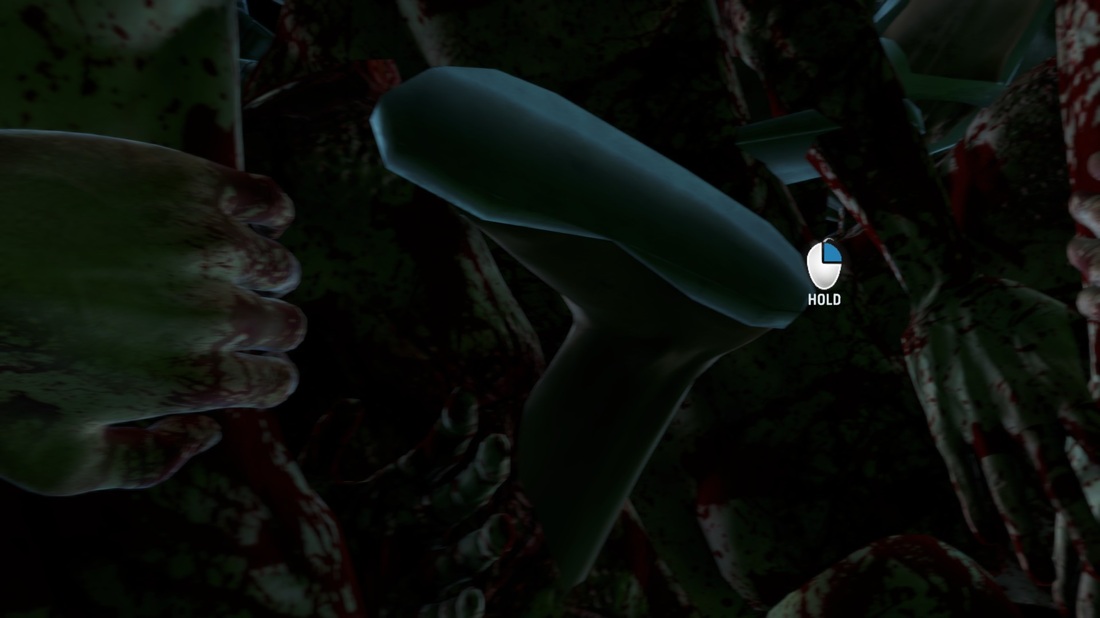
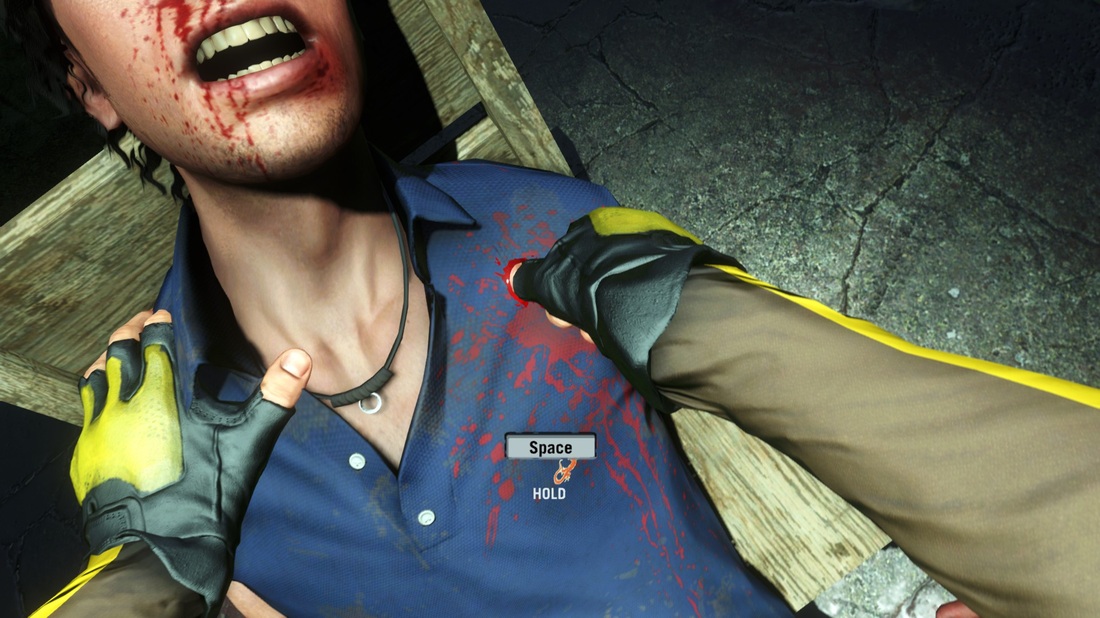
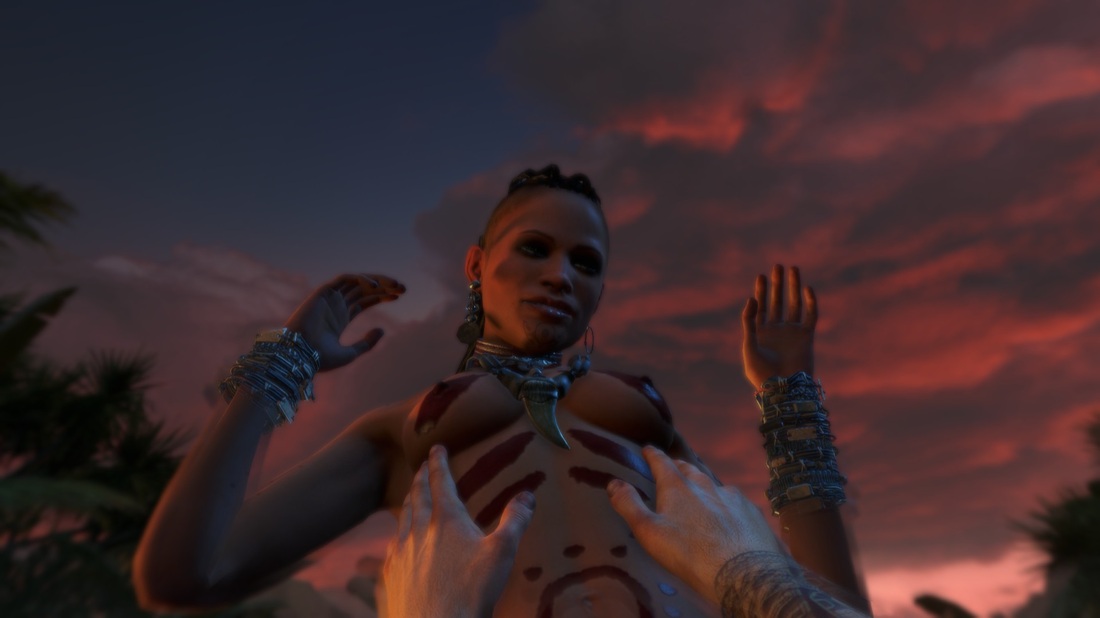

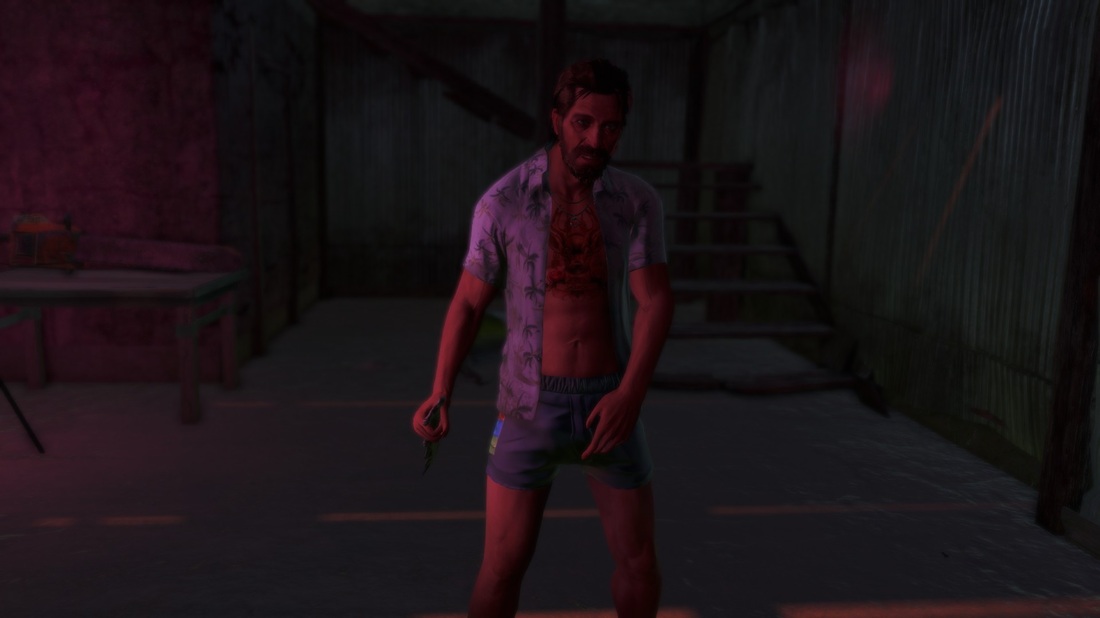



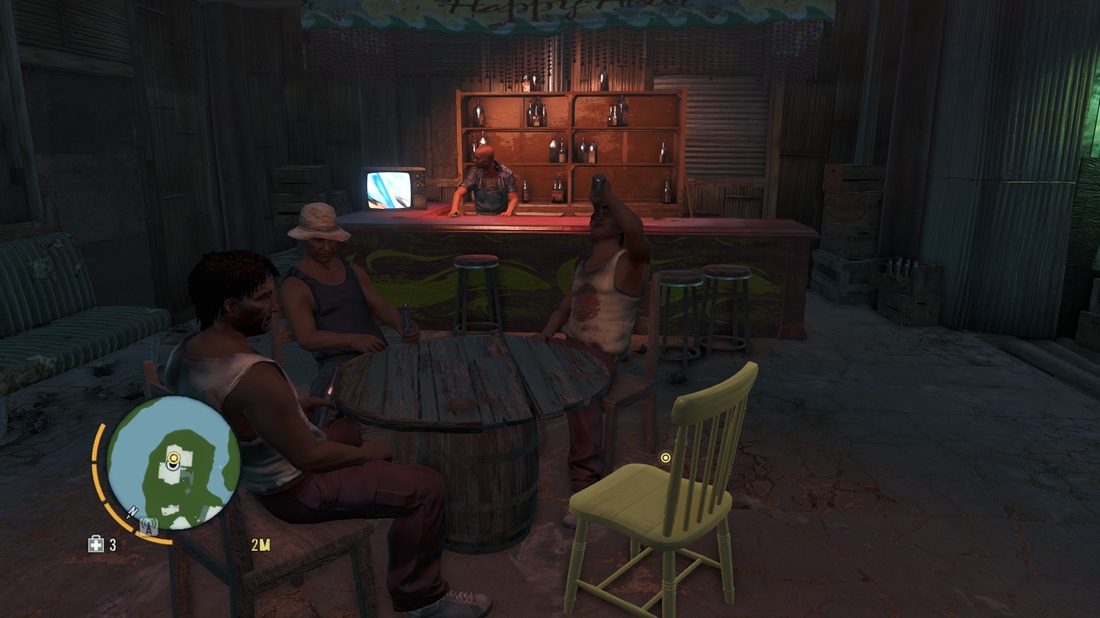
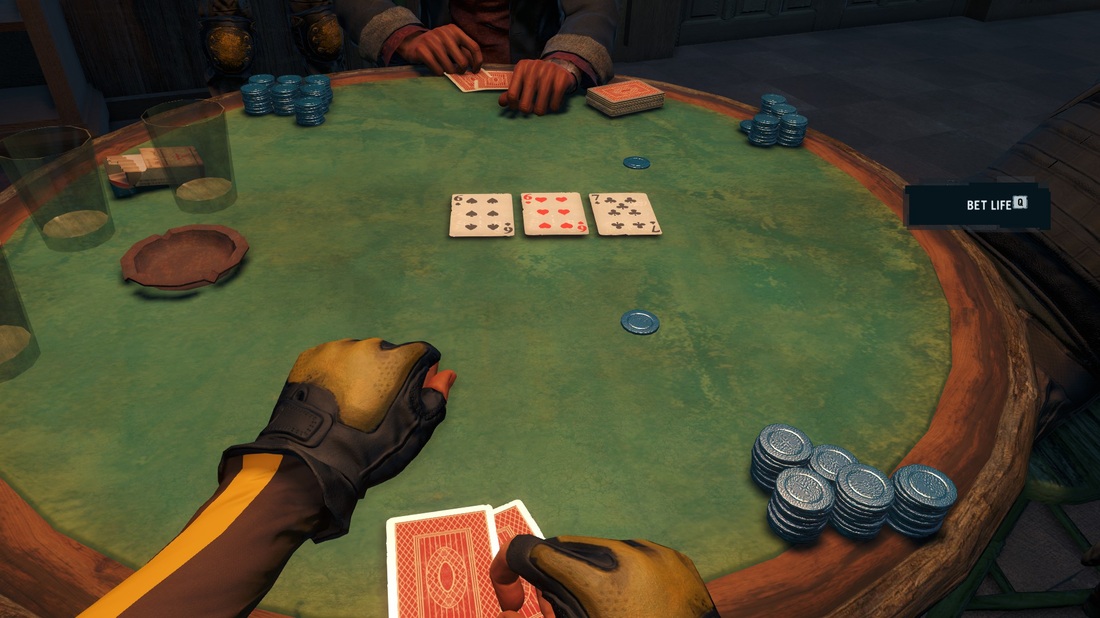



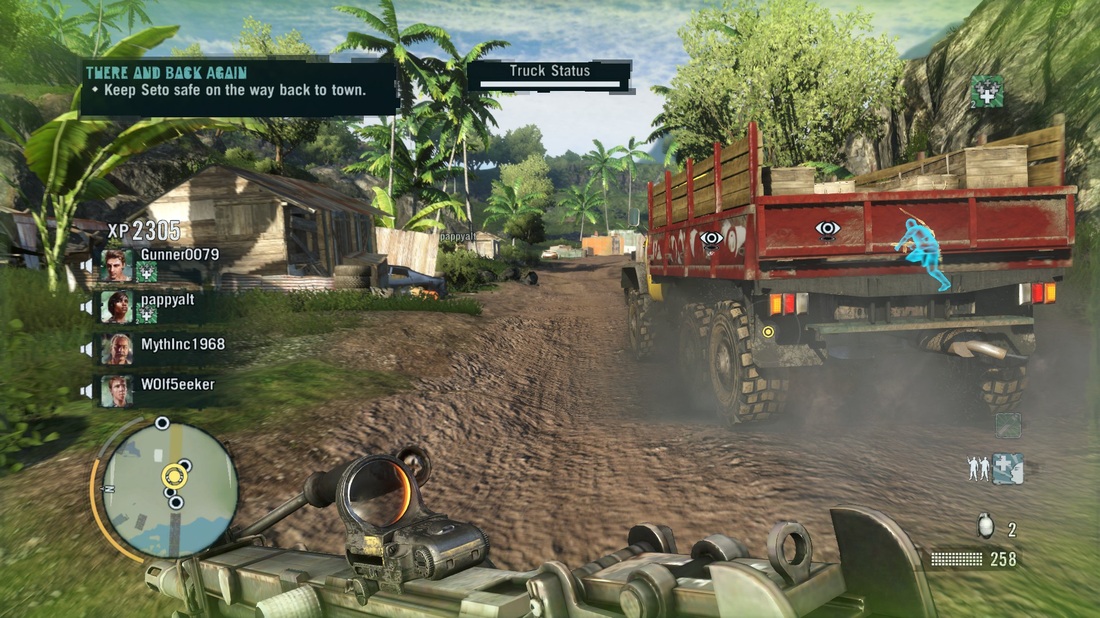
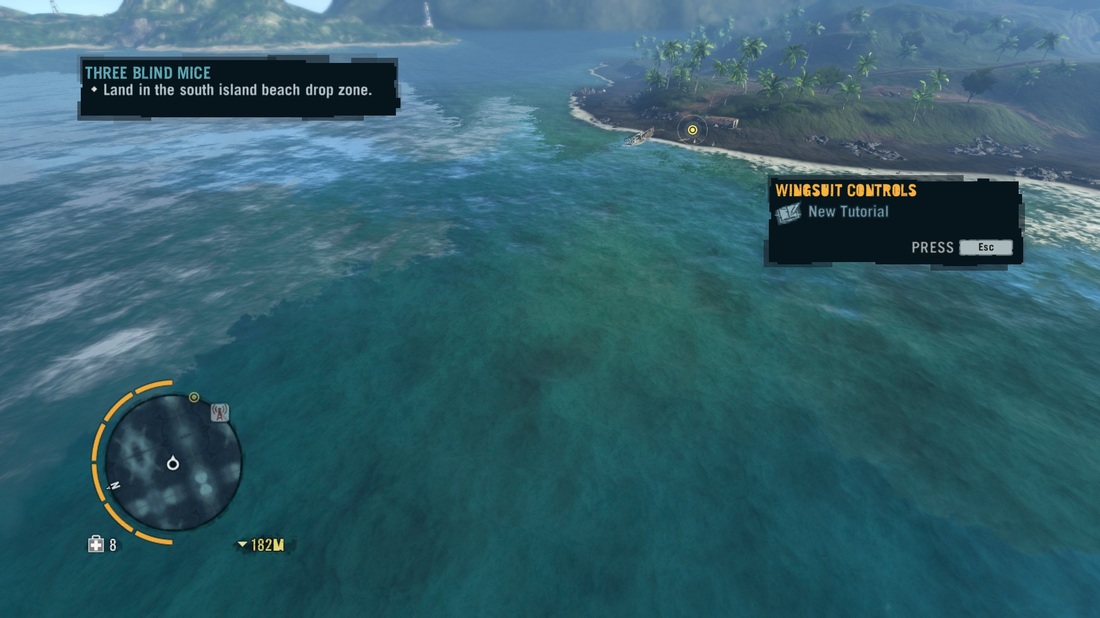


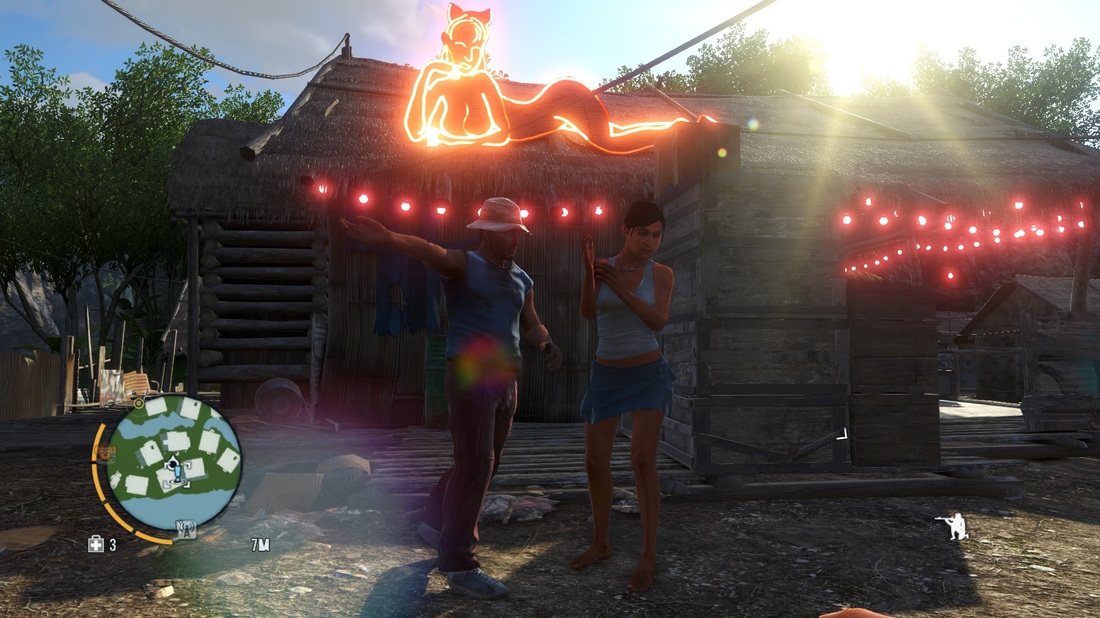

 RSS Feed
RSS Feed